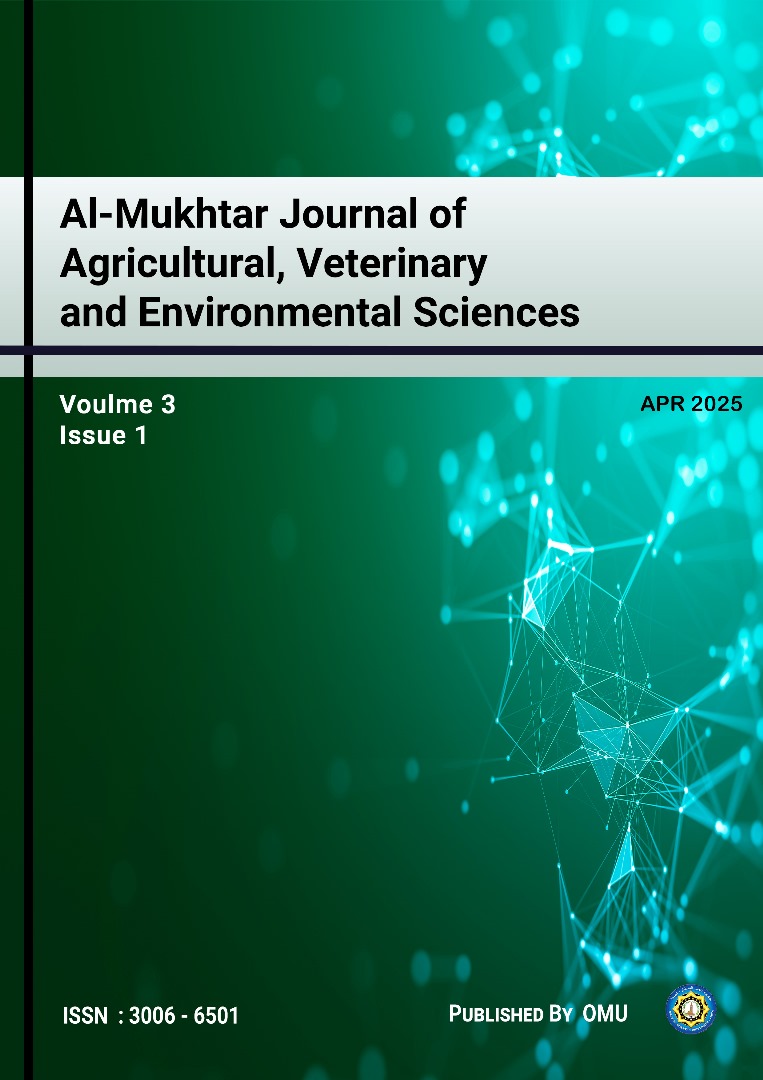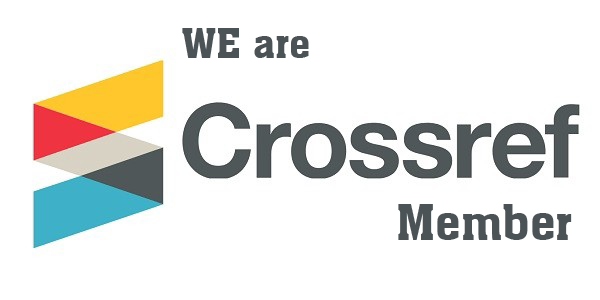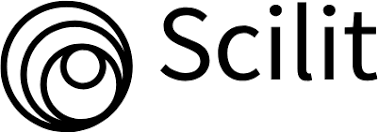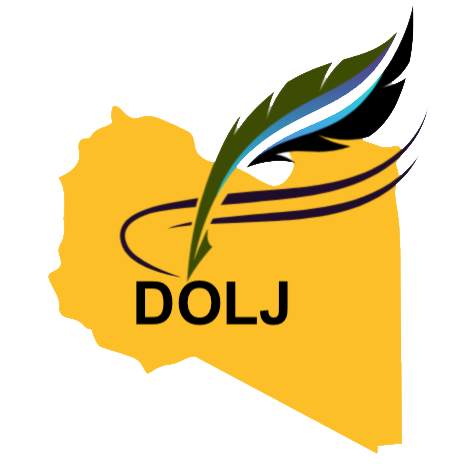Experimental grow-out of European Sea bream (Sparus aurata) and Gilthead Sea bass (Dicentrarchus labrax) in Eastern Libya
DOI:
https://doi.org/10.54172/ggwnf456Keywords:
Grow-out, Seabream, Seabass, Brackish waterAbstract
Sea bream and sea bass are highly adaptable to different culture systems, making them well suited for aquaculture. Their delicious flesh has contributed to the growing popularity of the aquaculture industry. This research was conducted to evaluate the grow-out of European Sea bream and Gilthead Sea bass in the eastern Libyan coast of the Mediterranean Sea. Fingerlings of the fish obtained from the natural brackish water of the Eastern Libyan coast and stocked in earthen ponds supplied with brackish water. A 120-day rearing trial was conducted which showed that the growth performance of Seabream and Seabass in this experiment varied significantly, even though both were fed similar levels of dietary proteins. The weight gained, specific growth rates, and protein efficiency ratio were significantly higher (P˂0.05) in Seabream compared to Seabass. The survival was not significantly different between the two species at the end of the experimental period. The feed conversion ratio was lower in Seabream (1.77) compared with Seabass (1.98). The moisture (68.10 ± 0.72%) and ash contents (3.90 ± 0.04%) were significantly higher in Seabass, while the crude protein (17.39 ± 0.17%) and lipids (11.36 ± 0.24%) were significantly higher in Seabream in this experiment. The Libyan Mediterranean coast is suitable for the grow-out of the two species, and the Seabream showed better growth and higher nutrition quality compared with Seabass.
References
Altan, O. (2020). The first comparative study on the growth performance of European seabass
(Dicentrarchus labrax, L. 1758) and gilthead seabream (Sparus aurata, L. 1758)
commercially farmed in low salinity brackish water and earthen ponds. Iranian Journal of
Fisheries Sciences 19, 1681-1689.
AOAC (1997). "Official Methods of Analysis, Washington D.C. USA.."
Apha (1995). "Standard Methods for the Examination of Water and Wastewater. 19th Edition,
American Public Health Association Inc., New York.," American Public Health
Association.
Arechavala‐ Lopez, P., Fernandez‐ Jover, D., Black, K. D., Ladoukakis, E., Bayle‐ Sempere, J. T.,
Sanchez‐ Jerez, P., and Dempster, T. (2013). Differentiating the wild or farmed origin of M
editerranean fish: a review of tools for sea bream and sea bass. Reviews in aquaculture 5,
137-157.
Asche, F., Garlock, T., Camp, E., Guillen, J., Kumar, G., Llorente, I., and Shamshak, G. (2022).
Market opportunities for US aquaculture producers: the case of Branzino. Marine Resource
Economics 37, 221-233.
Bhowmick, A. K., Chattopadhyay, G. N., Sah, K. D., and Sarkar, D. (2022). Assessment of Soil
Factors Influencing Productivity of Fish Ponds Under Two Contrast Agro-ecological
Regions. In "international conference on Mediterranean Geosciences Union", pp. 111-116.
Springer.
Bonacina, L., Fasano, F., Mezzanotte, V., and Fornaroli, R. (2023). Effects of water temperature on
freshwater macroinvertebrates: a systematic review. Biological Reviews 98, 191-221.
Boyd, C. E., D'Abramo, L. R., Glencross, B. D., Huyben, D. C., Juarez, L. M., Lockwood, G. S.,
McNevin, A. A., Tacon, A. G., Teletchea, F., and Tomasso Jr, J. R. (2020). Achieving
sustainable aquaculture: Historical and current perspectives and future needs and challenges.
Journal of the World Aquaculture Society 51, 578-633.
Carminato, A., Pascoli, F., Trocino, A., Locatello, L., Maccatrozzo, L., Palazzi, R., Radaelli, G.,
Ballarin, C., Bortoletti, M., and Bertotto, D. (2020). Productive results, oxidative stress and
contaminant markers in European sea bass: Conventional vs. organic feeding. Animals 10,
1226.
Cross, S. (2022). Regional review on status and trends in aquaculture development in North
America–2020.
Mansour, A. T., Fayed, W. M., Elkhayat, B. K., Omar, E. A., Zaki, M. A., Nour, A.-A. M., and
Morshedy, S. A. (2021). Extract dietary supplementation affects growth performance,
hematological and physiological status of European seabass. Annals of Animal Science 21,
1043-1060.
Mohd Aripin, M. A. B. (2020). An economic study of sea bass production in peninsular Malaysia,
Queensland University of Technology.
Ndayisenga, J., and Dusabe, S. (2022). Ponds’ water quality analysis and impact of heavy metals on
fishes’ body. Journal of Sustainability and Environmental Management 1, 62-72.
Ortega, A., Cano-Pérez, J., Nhhala, H., Halla, M. I., Kara, M. H., de la Gándara, F., CerezoValverde, J., Cañavate, J. P., Fernández Pasquier, V., and González-Wangüemert, M.
(2021). Aquaculture in the Alboran Sea. In "Alboran Sea-Ecosystems and Marine
Resources", pp. 659-706. Springer.
Polovina, E.-S., Kourkouni, E., Tsigenopoulos, C. S., Sanchez-Jerez, P., and Ladoukakis, E. D.
(2020). Genetic structuring in farmed and wild Gilthead seabream and European seabass in
the Mediterranean Sea: implementations for detection of escapees. Aquatic Living
Resources 33, 7.
Regnier, E., and Bayramoglu, B. (2017). Competition between farmed and wild fish: the French sea
bass and sea bream markets. Aquaculture Economics & Management 21, 355-375.
Downloads
Published
Issue
Section
License

This work is licensed under a Creative Commons Attribution-NonCommercial 4.0 International License.













